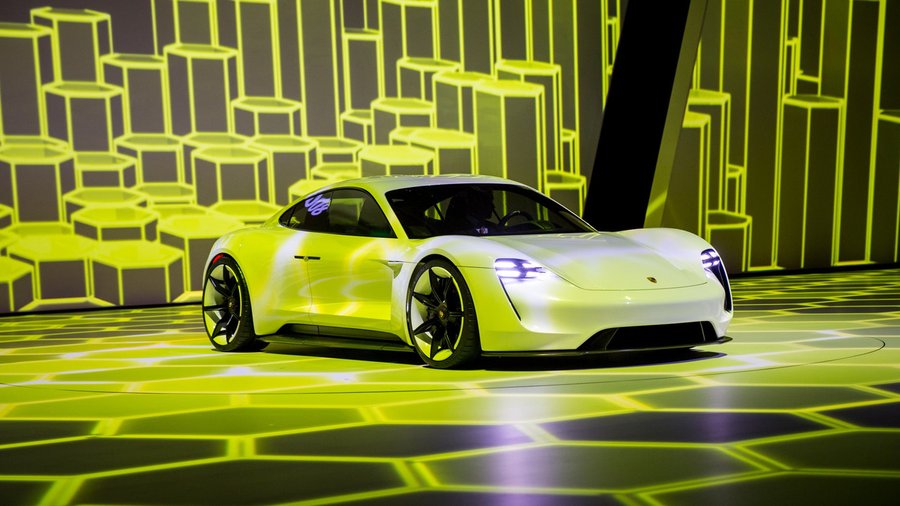Porsche doubles EV investment — one more reason Elon Musk should be nervous

Porsche AG is, according to Oliver Blume, chairman of the Supervisory Board, "doubling our expenditure on electromobility from around 3 billion euro to more than 6 billion euro." That's $7.4 billion. And this by 2022.
Although this additional investment will be for such things as the electrification of existing Porsche models, as in creating plug-in hybrid variants, it is worth noting — and here is where Elon ought to feel the hairs on the back of his neck standing up — Porsche will be spending 500 million euro of that money on developing variants and derivatives of the Mission E.
Now, spending money is one thing. Making that spend create tangible, salable objects is still another.
Remember the "production hell" that they're still apparently wandering in, like a Dante without a guide, in Fremont? (Musk's spectacular launch of his Tesla Roadster into space aboard the SpaceX Falcon Heavy rocket might have made you forget about that for a day.)
Well, Albrecht Reimold, member of the executive board for production at Porsche, told German magazine Automobil Produktion, "We believe in the success of Mission E. That means that we are pulling out all the stops to develop the required volumes to meet our own sales requirements."
They are capacitizing the manufacturing facility in Zuffenhausen to produce, Reimold said, "around 20,000 units. But, of course, we have left a little leeway to increase that." It's a small matter for Porsche, which has doubled its production capacity this decade.
Reimold, who was head of body construction of the Audi A8 in the early '90s, head of production planning for the Audi R8 in the early '00s, and who is trained as both a toolmaker and in welding engineering — so he has more than theoretical knowledge of how factories actually work and how things get made — told Automobil Producktion that the Mission E manufacturing equipment will be installed early this year with start of production for the 600-hp (equivalent) sports car to begin in 2019.
And while they're still, apparently, concerned with things like the speed of robot arms and the cubic volume of factories in Fremont, in Zuffenhausen Reimold and his team are configuring an assembly line that is based on using automated guided vehicles (AGVs) that will transport Mission E body segments around the facility as needed. This will allow them to have nearly complete flexibility in production, as the units can be maneuvered where required and stay at a particular build station as long as required.
What's more, Reimold told the magazine, "The investment savings against a conventional assembly line conveyor are around 3 million euro. In percentage terms, that's around 40 percent. But the underlying concept goes far beyond the figure itself. An assembly line like this offers significantly more options in terms of adaptability and flexibility."
Here's betting that things are going to go a whole lot more smoothly in Zuffenhausen than on the other side of the Atlantic.
Related News
